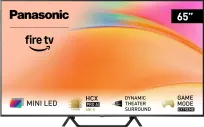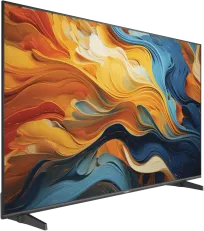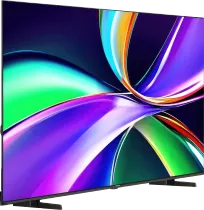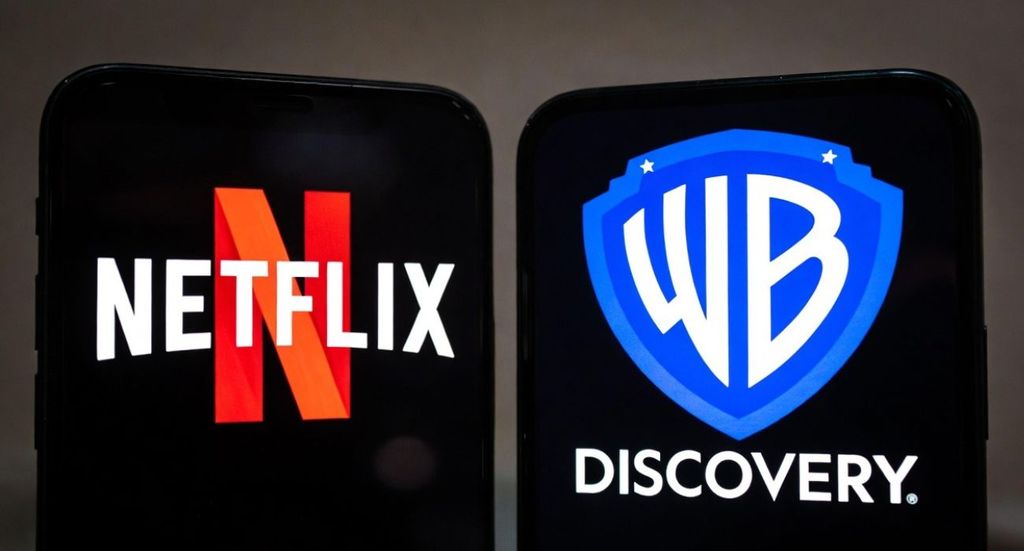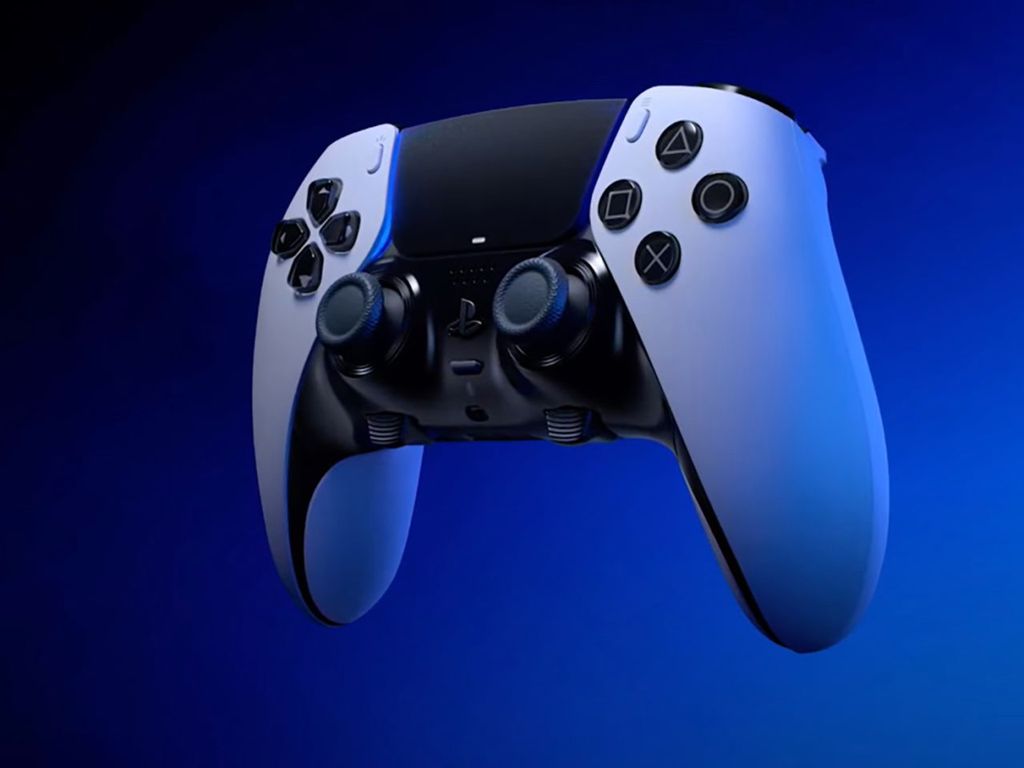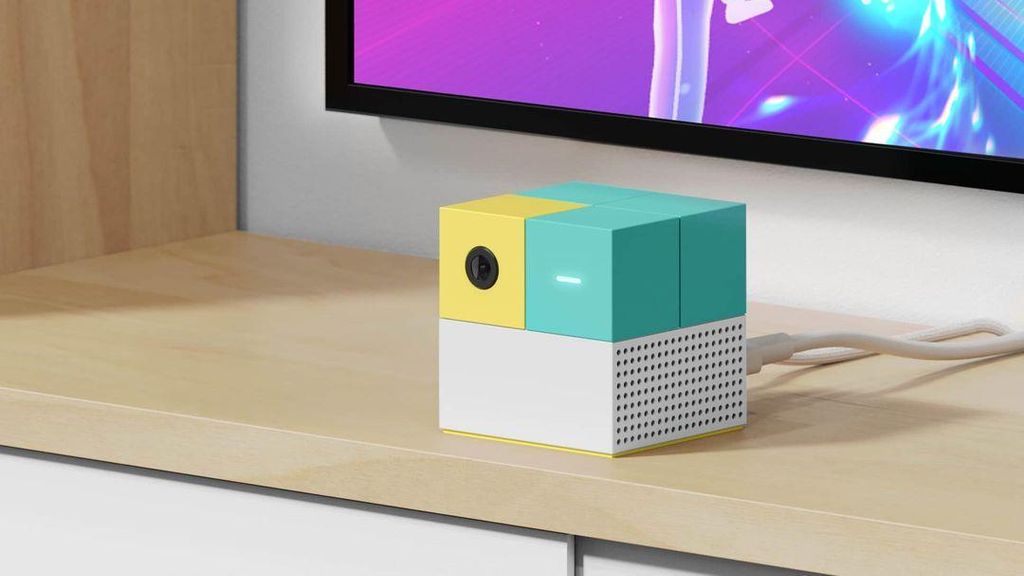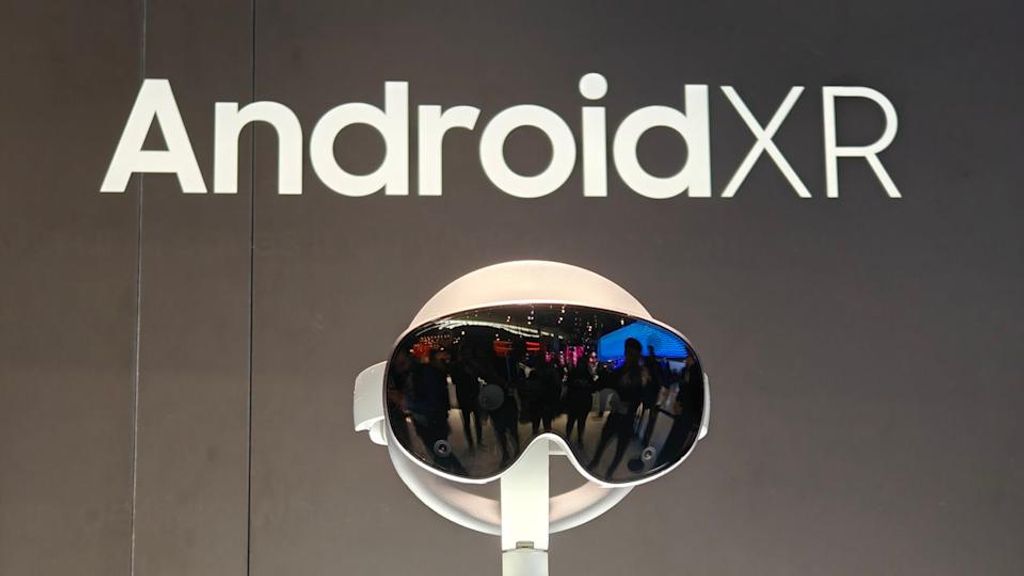
4K micro-OLED, Android XR and Gemini on board. Has Samsung just started a revolution in augmented reality?
Samsung has officially unveiled the Galaxy XR – its first augmented reality goggles created in collaboration with Google. The device costs 1800 dollars, which is almost half the price of the Apple Vision Pro (3500 USD), yet offers similarly advanced technology. On the other hand, it's still significantly more than the cost of popular Meta Quest headsets – and for good reason.
The Galaxy XR uses 4K micro-OLED panels with a resolution of 3552×3840 per eye, instead of the cheap LCDs found in the Quest. In total, this provides over 27 million pixels and a density of around 3800 ppi – more than Apple (23 million). This could be groundbreaking, especially if it is confirmed that the panels come from Samsung Display.
Premium picture and sound
Samsung claims support for HDR10 and HLG, covering 95% DCI-P3, as well as decoding 8K60 content. There's also Dolby Atmos, though without Dolby Vision. The refresh rate is 60 or 72 Hz (default), while the 90 Hz mode is available “on service request” – whatever that means.
It features six beamforming microphones, dual-directional speakers (woofer + tweeter), and passthrough cameras and eye tracking. The headset also supports iris recognition, allowing you to unlock the device and log into apps with your gaze.
Android XR and Gemini – the new tandem of Google and Samsung
Galaxy XR is the first device on the Android XR platform, specially prepared by Google for the era of Gemini.
– “Android XR is the first version of Android created entirely with the era of Gemini in mind” – said Sameer Samat, head of the Android ecosystem at Google. – “Together with Samsung, we are creating an open and unified platform for the new generation of spatial computers.”
The Gemini AI assistant operates contextually – “it sees and hears what the user does.” For example, you can highlight an object in passthrough mode to immediately get information about it, or ask Gemini for recommendations or an analysis of the surroundings.
What about the apps?
All existing Android mobile apps work on a virtual screen, but to fully utilise the capabilities, XR-native apps will be needed – created in OpenXR, WebXR, or Unity. At launch, there are expected to be over 50 new XR experiences (Adobe, Calm, Fox Sports, MLB, YouTube 180°/360°).
For now, however, Google and Samsung are mainly focused on integrating Gemini, search, and shopping in augmented reality – which raises some questions about whether Android XR is ready for anything more than a demo of capabilities.
External Battery and Ergonomics
Galaxy XR weighs 545 g (with the front cushion), and the external battery an additional 302 g. The latter provides up to 2.5 hours of video viewing, so watching "The Lord of the Rings" is pretty much off the cards without a cable. However, the device can be used while charging.
The launch of Galaxy XR will take place on 31 October in the USA and South Korea. The 256 GB version is the only available configuration at launch.
Samsung Galaxy XR – Technical Specifications
Category | Parameters |
|---|---|
Price | 1800 AUD |
Memory | 16 GB RAM |
Internal memory | 256 GB |
Screen | Micro-OLED, 3552 × 3840 (per eye), 27 million pixels, 6.3 μm pixel pitch |
Colour coverage | 95% DCI-P3 |
Refresh rate | 60 Hz / 72 Hz (default) / 90 Hz (after “service request”) |
Field of view (FOV) | 109° horizontal / 100° vertical |
Chipset | Snapdragon XR2+ Gen 2 |
Camera | 6.5 MP (F2.0, 18 mm), 3D photo & video recording |
Sensors | 2 passthrough cameras, 6 tracking, 4 eye-tracking, 5 IMU, 1 depth, 1 flicker |
Biometrics | Iris recognition (unlocking, login) |
Audio | 2-way speakers (Woofer + Tweeter), 6 beamforming microphones |
Audio/video support | Dolby Atmos, Dolby Digital Plus, 8K @ 60fps, HDR10, HLG, AV1, MV-HEVC |
Connectivity | Wi-Fi 7 (802.11 be), Bluetooth 5.4 |
IPD | 54–70 mm |
Vision correction | Yes – via interchangeable optical inserts (sold separately) |
Battery | 2 hours of use / 2.5 hours of video / charging possible during use |
Weight | 545 g (headset) + 302 g (battery) |
Operating system | Android XR with Gemini assistant |
Summary
The Samsung Galaxy XR is the first device in years that can genuinely challenge the Apple Vision Pro – not on price, but on technology. With fantastic micro-OLED screens, a powerful camera set, and integration with Android XR and Gemini, it makes the first "mobile" player in the world of spatial computing.
Will 2.5 hours of battery life and lower refresh rates ruin the experience? We'll find out after the launch.
 Katarzyna Petru
Katarzyna Petru
